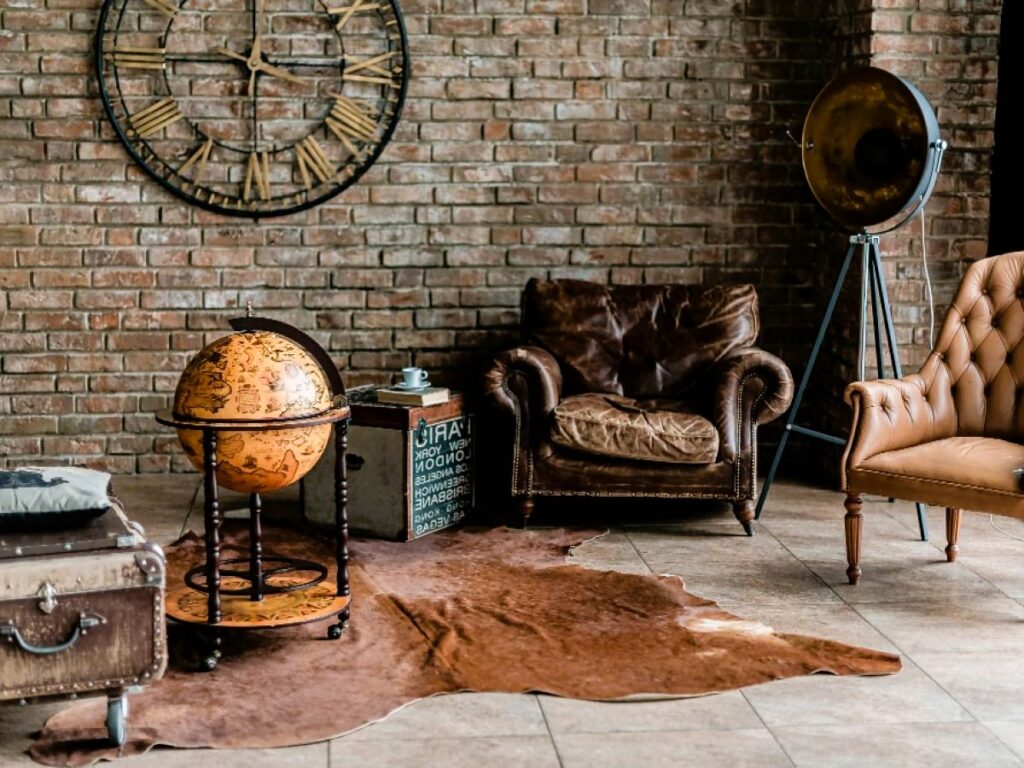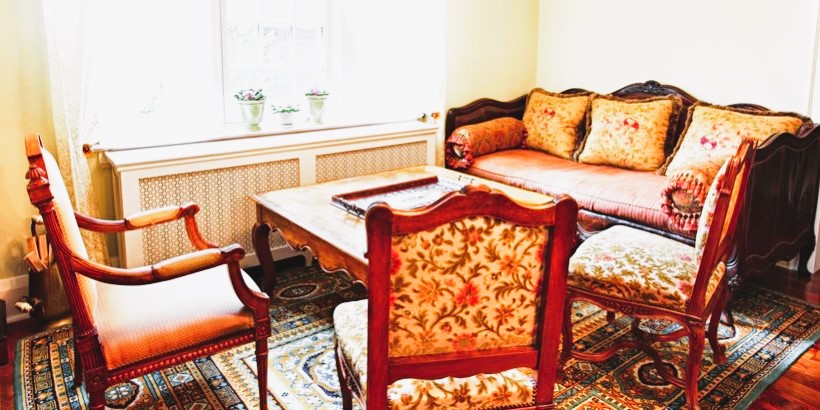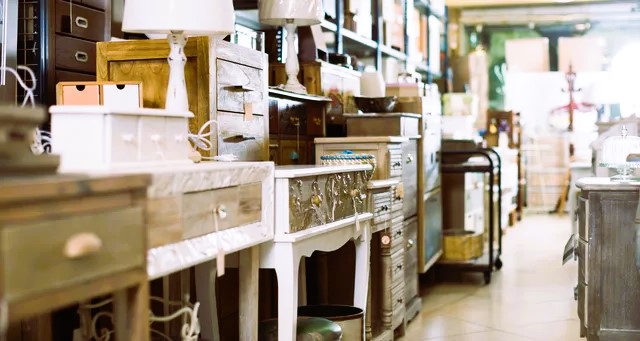Antique furniture has an undeniable allure, captivating generations with its enduring charm and historical significance. In this article, we will explore the timeless beauty of antique furniture, its unique characteristics, and its place in the modern world.
Defining Antique Furniture
Antique furniture is typically categorized as pieces that are at least 100 years old. These treasures offer a tangible connection to the past, as each item carries a story, a history, and a sense of craftsmanship that may be difficult to find in contemporary pieces.
Intricate Craftsmanship

One of the defining features of antique furniture is the level of craftsmanship that went into its creation. Skilled artisans of yesteryears painstakingly crafted each piece, often by hand, resulting in furniture that showcases intricate details, elegant carvings, and impeccable joinery. The adherence to craftsmanship standards of the time ensured that these pieces would withstand the test of time.
Historical Significance
Antique furniture is not just beautiful; it is also a window into the past. Each piece reflects the design trends, materials, and cultural influences of its era. This historical context adds a layer of depth to these items and serves as a testament to the standards and aesthetics of bygone days.
Sustainability and Eco-Friendliness
In a world increasingly concerned with sustainability, antique furniture offers an eco-friendly alternative. The preservation of these pieces contributes to sustainability by reducing the demand for new materials and production processes, making it an environmentally responsible choice. Read our article about how to care for and maintain wooden furniture.
Aesthetic Diversity
Antique furniture spans a wide range of styles, from the ornate and gilded Louis XVI furniture to the simplicity of Shaker pieces. This diversity offers options that cater to different tastes and interior design preferences.
Investment Value
Antique furniture often appreciates in value over time, making it an investment for the future. When properly maintained and cared for, these pieces can become family heirlooms or valuable assets.
Blending Antique with Modern

Many interior designers and homeowners today choose to incorporate antique furniture into modern interiors. The juxtaposition of old and new adheres to design principles that create unique and harmonious living spaces. It’s a testament to the timelessness of antique furniture that it can seamlessly fit into contemporary settings.
Caring for Antique Furniture
Proper care and maintenance of antique furniture are essential to preserve its beauty and value. Adhering to restoration standards and following best practices for cleaning and preserving antique pieces is crucial. Regular maintenance, such as waxing and reupholstering, is necessary to ensure these treasures remain in pristine condition.
Conclusion
Antique furniture is more than just objects; it’s a living history of design, craftsmanship, and cultural standards. The enduring beauty of antique furniture continues to captivate the hearts of those who appreciate its unique charm. As we look to the past for inspiration and seek sustainable choices, antique furniture offers a timeless solution that aligns with our values.
By referencing industry standards and historical context from Wikipedia, we gain a deeper understanding of the significance and enduring appeal of antique furniture. It is a testament to human creativity and craftsmanship that these pieces continue to be celebrated and cherished in the modern world.

